Apoptosis
Apoptosis, also known as programmed cell death, is rigorously controlled process of cell death that leads to phagocytosis of unwanted cell. It is triggered after sufficient cellular damage and activated through extrinsic or intrinsic pathways. The intrinsic pathway is mainly occurs via release of cytochrome c from the mitochondria and regulates mitochondrial outer membrane permeabilization by Bcl-2 family proteins. The extrinsic pathway is induced by ligand binding to death receptor, such as Fas, TNFαR, DR3, DR4, and DR5. Caspases then cleave target proteins and nuclear lamins to promote DNA degradation, resulting apoptotic cells undergo phagocytosis. In addition, p53 has the ability to activate intrinsic and extrinsic pathways of apoptosis by inducing transcription of several proteins like Puma, Bid, Bax, TRAIL-R2, and CD95.
Some Inhibitors of apoptosis proteins (IAPs), such as XIAP/BIRC4 and Bruce/BIRC6, can block casapse activity through direct binding, while other IAPs, such as cIAP1/BIRC2, cIAP2/BIRC3, act as ubiquitin ligases that target caspases for ubiquitin-mediated degradation. Apoptosis is essential for growth, development and aging in multicellular organisms. Any alterations or abnormalities occurring in apoptotic processes contribute to development of human diseases, including cancer.
-
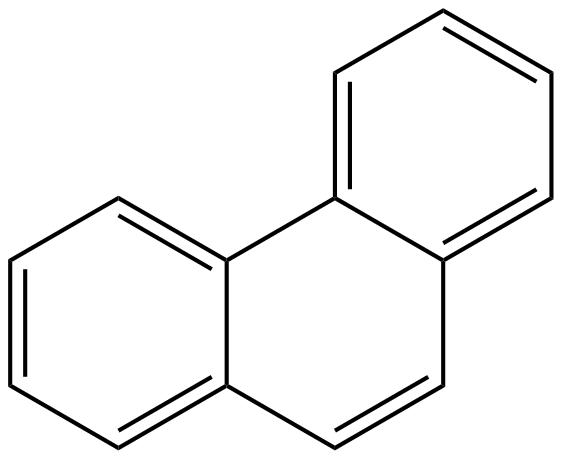 C6921 Phenanthrene
C6921 Phenanthrene -
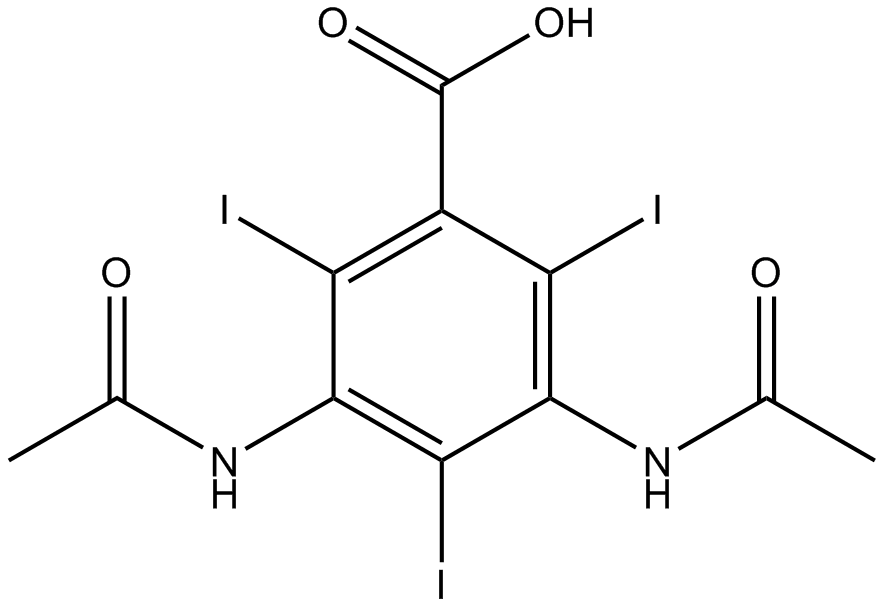 C6964 Diatrizoic acid
C6964 Diatrizoic acid -
 C6983 Citicoline
C6983 Citicoline -
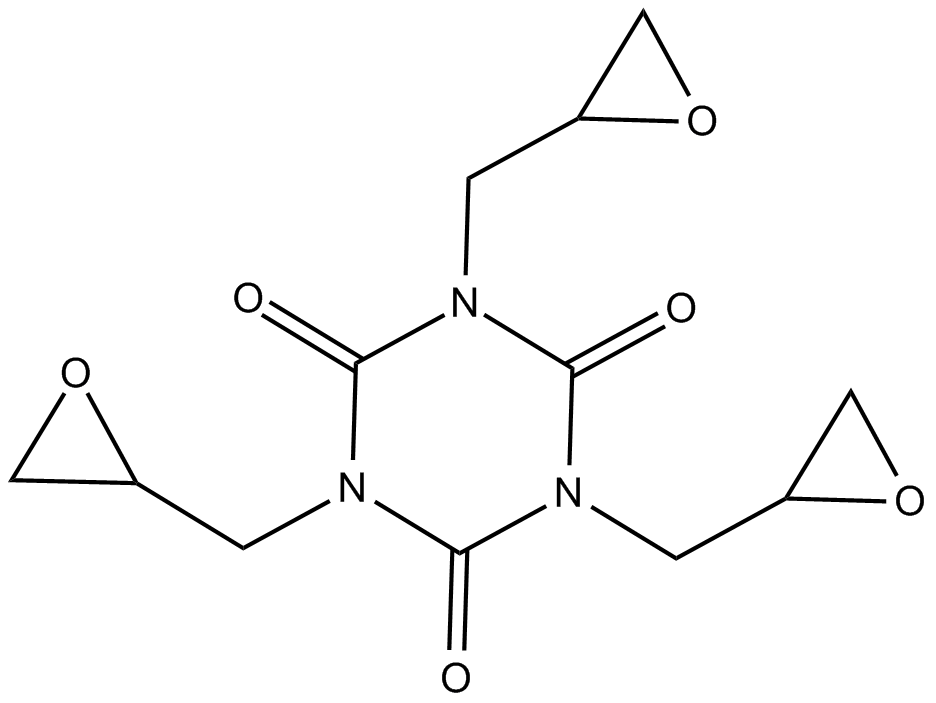 C7092 Triglycidyl Isocyanurate (Teroxirone)
C7092 Triglycidyl Isocyanurate (Teroxirone) -
 C7117 D-Pantothenate sodium
C7117 D-Pantothenate sodium -
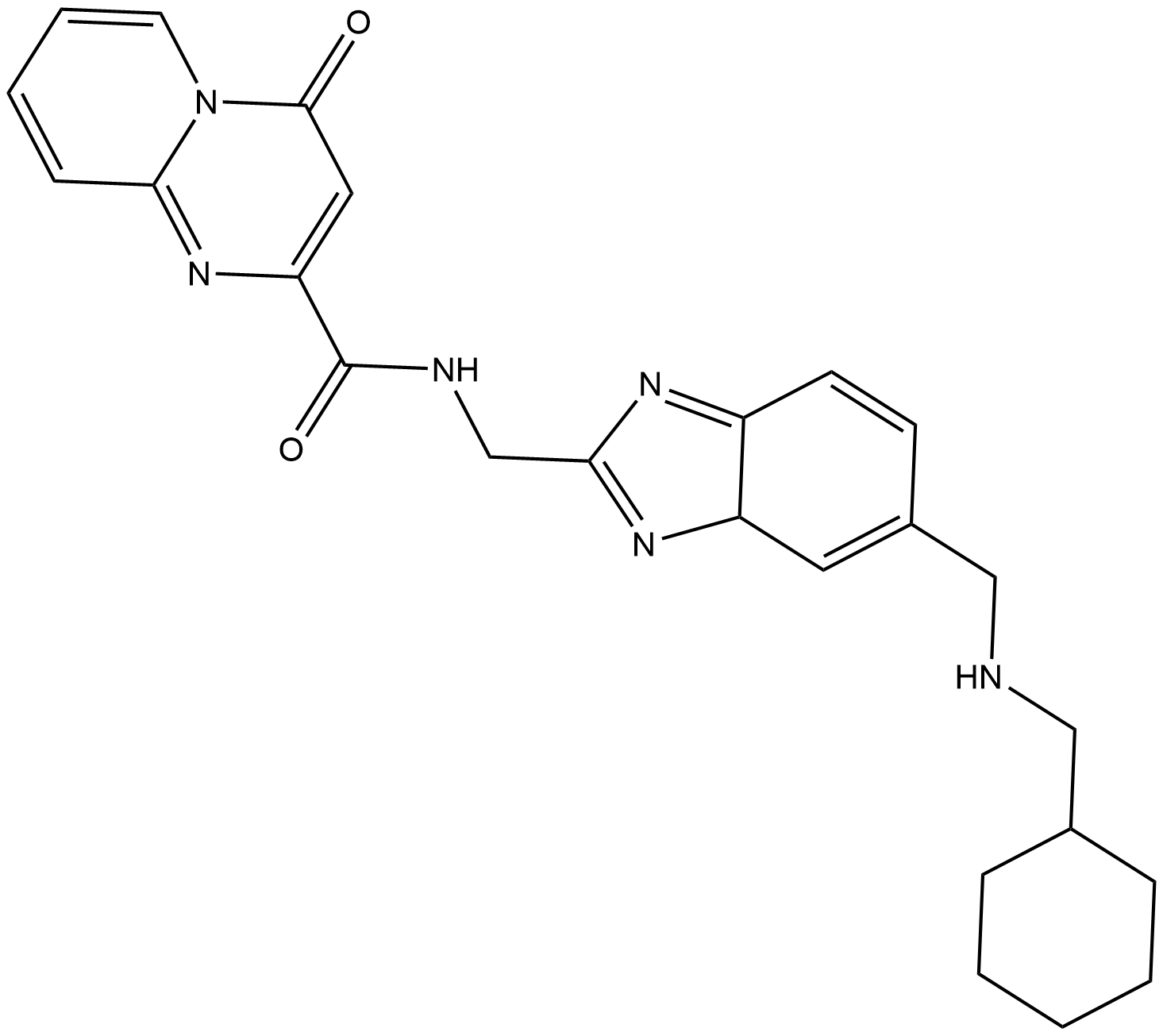 B8750 STM2457
B8750 STM2457 -
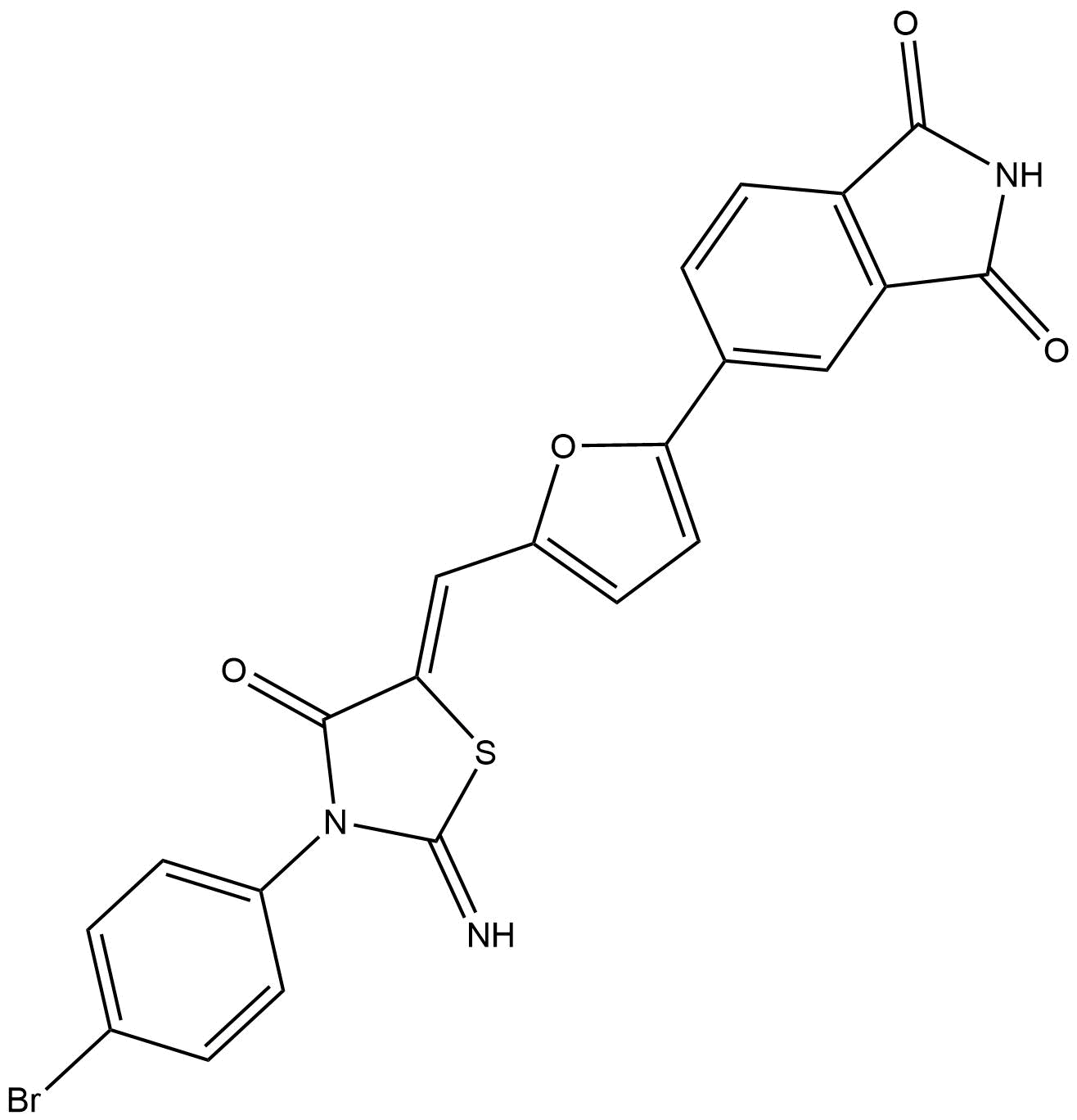 B8785 Bioymifi
B8785 Bioymifi -
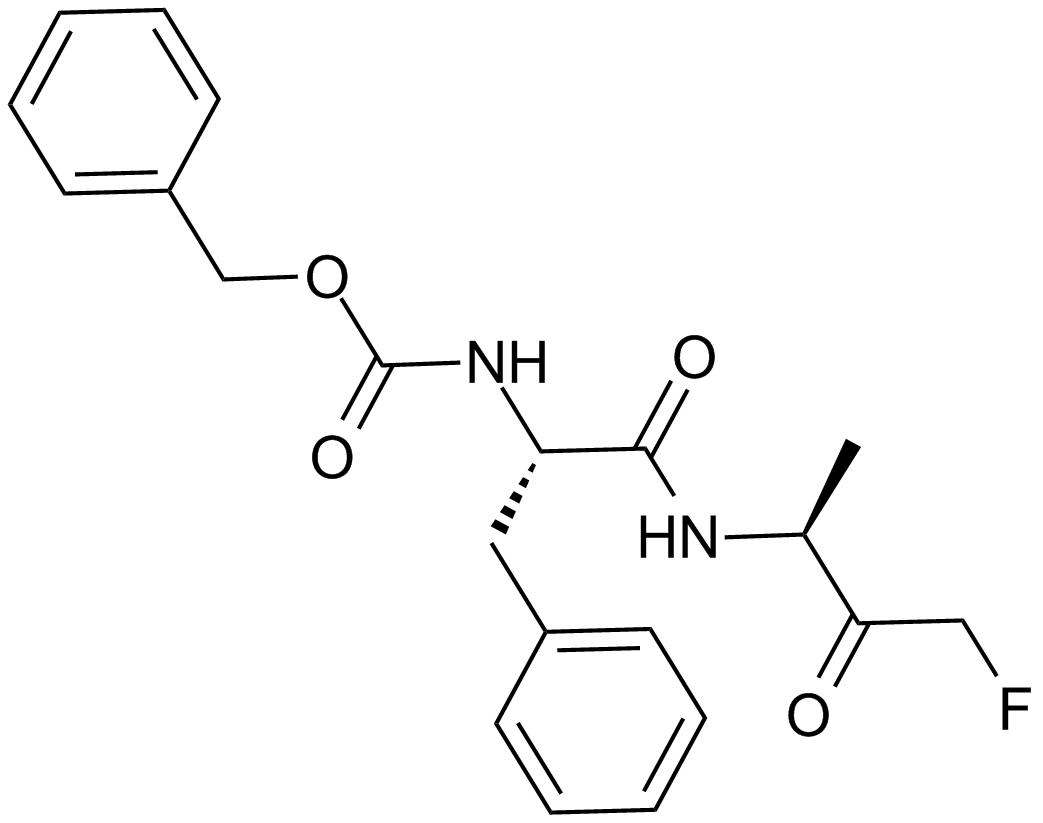 A8170 Z-FA-FMKTarget: cysteine proteaseSummary: Cysteine proteases inhibitor
A8170 Z-FA-FMKTarget: cysteine proteaseSummary: Cysteine proteases inhibitor -
 B6616 SKF 96365 hydrochloride2 CitationSummary: A potent TRP channel blocker and SOCE inhibitor
B6616 SKF 96365 hydrochloride2 CitationSummary: A potent TRP channel blocker and SOCE inhibitor -
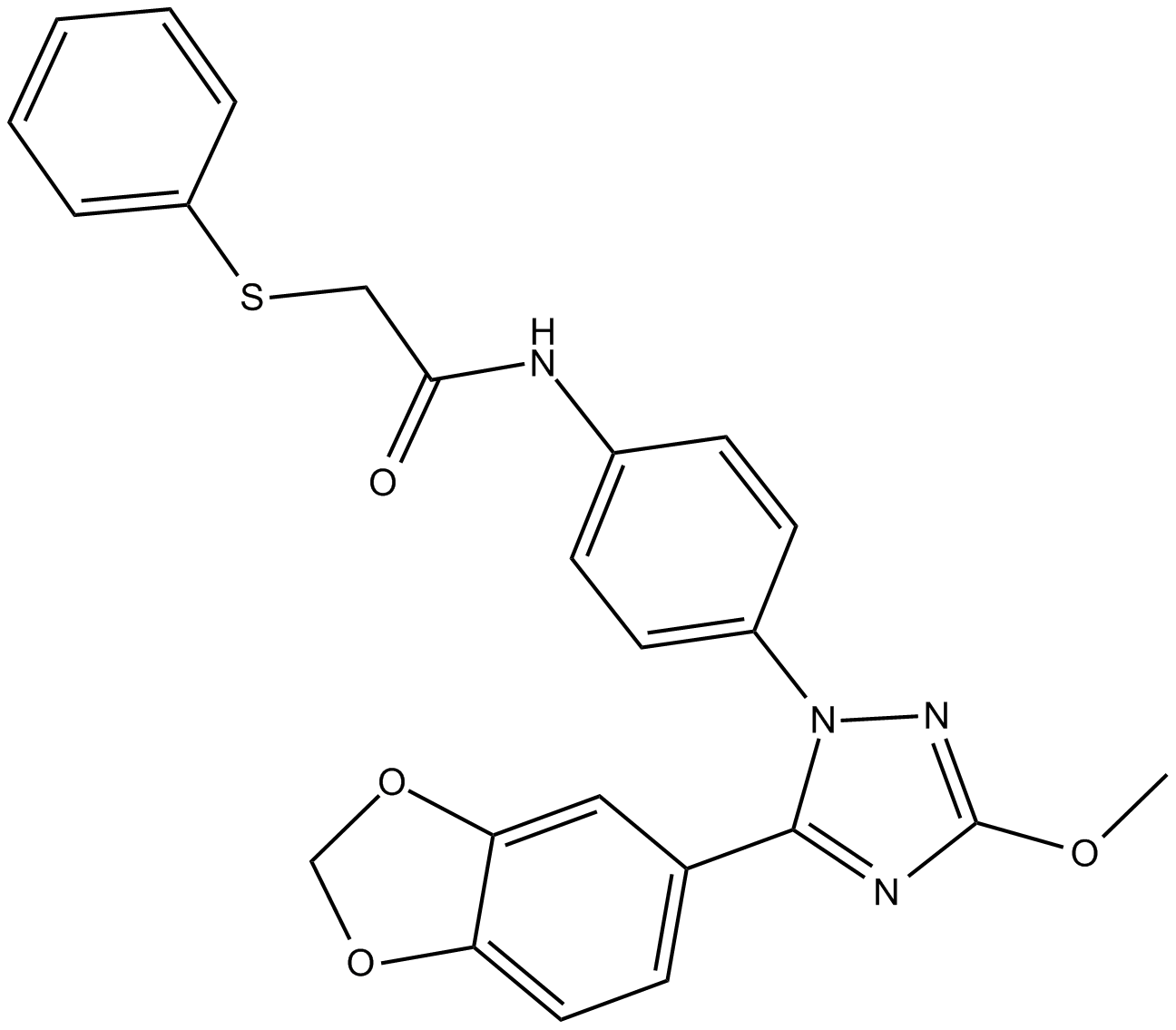 B7207 SecinH3Target: Guanine nucleotide exchange factors (GEFs)Summary: Sec7-specific GEF inhibitor
B7207 SecinH3Target: Guanine nucleotide exchange factors (GEFs)Summary: Sec7-specific GEF inhibitor



